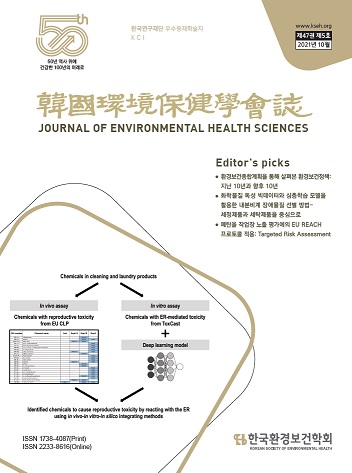Background: This study evaluated the radon contribution rate through an evaluation of the exhalation rate of radon from building materials. Objectives: This study compared and evaluated the computation of the radon contribution rate based on each different exhalation rate in a building. Methods: The six demonstration houses that are the subject of this study are wall structures or Rahmen structures, and include demonstration houses similar to general residential environments and non-finishing houses with some walls exposed. Results: The highest exhalation rate was found at 62.98 Bq/㎡ per day from the non-finishing floor, and the second highest exhalation rate was from stone materials at 58.76 Bq/㎡ per day. Based on this result, investigating the contribution rate of building materials derived from building materials among indoor radon concentrations, house three was the highest at 81.7%, and house one was confirmed to be 33.96%. Conclusions: It can be judged that the effect of exposed concrete and stone is high, and that it is possible to reduce radon emitted from indoor building structures by controlling the indoor materials.
I. 서 론
II. 연구방법
III. 결 과
IV. 고 찰
V. 결 론
(0)
(0)
